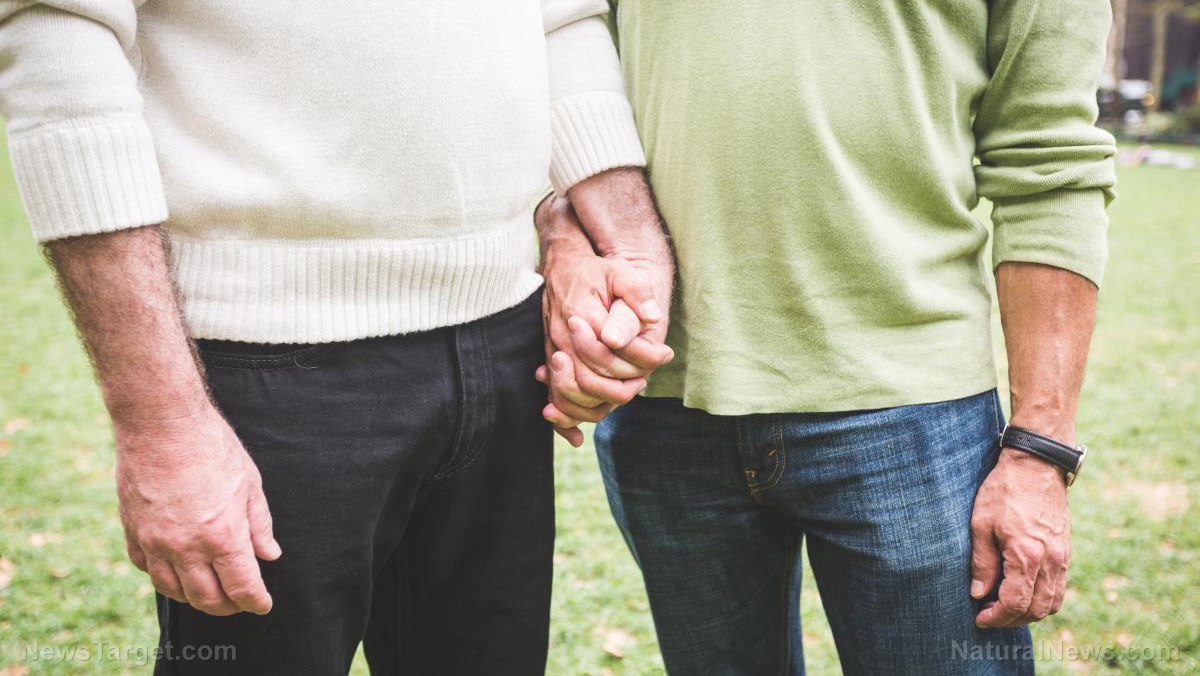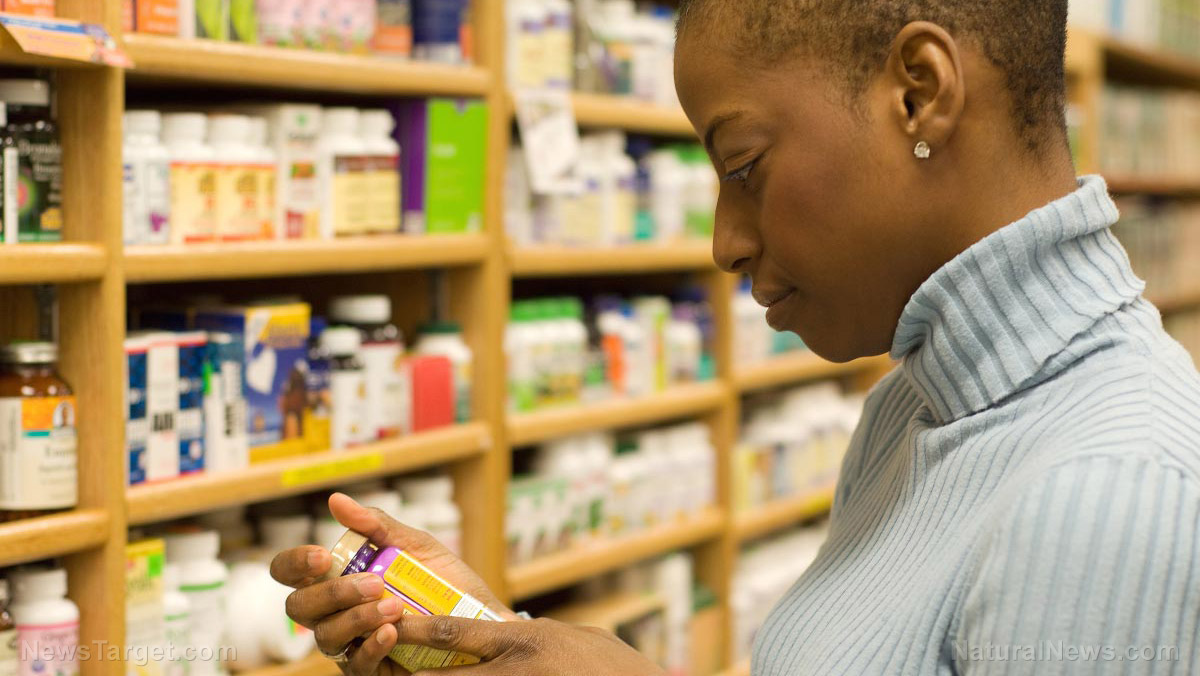Moderate sunbathing helps lower mortality risk, suggest researchers
05/17/2020 / By Evangelyn Rodriguez

Sunlight, like red wine, can be good or bad for your health, depending on how much you get. While drinking moderate amounts of red wine can reduce your risk of heart failure and improve your blood pressure, consuming excessive amounts can lead to alcohol dependence, liver damage and weight gain.
In a similar way, moderate sun exposure can provide considerable health benefits. Besides being the best natural source of vitamin D, which your body needs for stronger bones and better calcium absorption, basking in the morning sun can also improve your mood and sleep quality and boost your immunity.
Today, many people may be actively avoiding the sun for fear of developing skin cancer. But according to a recent study by Swedish researchers, this avoidance can actually do more harm than good.
In their paper, which appeared in the Journal of Internal Medicine, they reported that women with active sun exposure habits have a lower risk of cardiovascular disease (CVD), as well as non-cancer and non-CVD-related deaths.
The researchers also found that while these women’s risk of skin cancer is high, they generally have longer life expectancies than people who don’t get enough sunlight. This suggests that avoidance of sun exposure is a risk factor for death.
Getting ample amounts of sunlight promotes longevity
Women who spend more time in the sun tend to have lower mortality rates than women who are rarely exposed to the sun. But the trade-off is, the former has a higher risk of skin cancer. To explore the differences in the main causes of death influenced by sun exposure, the Swedish researchers analyzed data from the Melanoma In Southern Sweden (MISS) cohort study, which was initiated in 1990.

The MISS cohort included 29,518 Swedish women ranging in age from 25 to 64. The researchers assessed the differences in sun exposure among these women as a risk factor for all-cause mortality in a competing risk scenario. Using modern survival statistics, they analyzed detailed information about the women’s sun exposure habits and potential confounding factors. Their study served as a 20-year follow-up for the MISS study.
Their analysis revealed that compared with women who avoided the sun, those who had active sun exposure habits were less likely to develop CVD. These women also had a lower risk of dying due to other diseases besides cancer. With respect to skin cancer, the researchers found that mortality rates were doubled among women who avoided the sun compared with those who had the highest sun exposure. They also found no differences in all?cause or cutaneous malignant melanoma mortality between these women.
When the researchers considered smoking habits, they found that non-smokers who avoided the sun had a life expectancy similar to smokers with the highest sun exposure. This indicates that sun avoidance is a risk factor for death of a similar magnitude as smoking. Overall, they reported that the life expectancy of those who avoided the sun was reduced by 0.6 to 2.1 years.
Based on these findings, the researchers concluded that sun exposure can increase the life expectancy of people by lowering their risk of dying from CVD and other non-cancer diseases. (Related: Homeland security scientist confirms that natural sunlight kills coronavirus.)
How to minimize risks associated with sun exposure
Sun exposure has been linked to various skin conditions, such as premature aging and skin melanomas. These issues are all caused by the ultraviolet (UV) radiation that comes with sunlight. Prolonged exposure to UV rays not only damages skin cells and changes the way the skin looks, it also causes damage to cell DNA, which can trigger the development of skin cancer.
But there are ways to circumvent these risks without depriving your skin of some much-needed sunlight. According to the World Health Organization (WHO), it’s perfectly safe to get five to 15 minutes of casual sun exposure for your hands, face and arms two to three times a week. This amount is enough to keep your vitamin D levels healthy without causing unwanted skin issues.
It is easy to get sunburned when the sun’s rays are more direct. To avoid this, enjoy the sun in the morning before 10 a.m. and stay indoors until after 4 p.m. But if you really need to be outside or if you’re bound to stay under the sun for more than 15 minutes, protect your skin with a natural sunscreen that has an SPF greater than 15. You can also cover your skin with clothing and use an umbrella to reduce the risks that come with too much UV exposure.
Exposure to moderate amounts of sunlight can provide plenty of benefits. Visit VitaminD.news to learn more.
Sources include:
Submit a correction >>
Tagged Under:
aging secrets, cardiovascular disease, health science, heart disease, heart health, life expectancy, longevity, mortality, natural cures, natural medicine, prevention, research, skin cancer, skin health, sun exposure, sunbathing, sunlight, sunshine, UV rays, vitamin D
This article may contain statements that reflect the opinion of the author




















